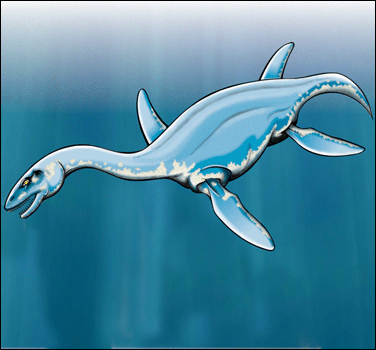New Raccoon Species Rocks Scientists
Tuesday, August 20th, 2013August 20, 2013
The first new species of mammal identified in the Western Hemisphere in 35 years has been unveiled by a scientist who spent 10 years trying to prove that a specimen he found in a museum drawer was, in fact, a new kind of raccoon. The new animal, which has reddish-orange fur and a bushy tail, is called a olinguito, a Spanish word meaning little, adorable olingo. Olingos are members of the raccoon family, with brownish fur and larger bodies and ears than the olinguito. At only 2 pounds (0.9 kilogram), the olinguito is the smallest raccoon known to scientists. Kristofer Helgen of the Smithsonian Institution in Washington, D.C., led the team that found the olinguito in the cloud forests of the Andes Mountains in Ecuador and Columbia.

The olinguito of Central and South America is the first canivore discovered in the New World in 35 years. (Mark Gurney)
Although new to science, the olinguito is not new to scientists. That is, scientists had previously observed the animal in the wild, collected pelts for museum collections, and even displayed the animal in zoos. But they never realized that it was a separate species. Helgen first saw the olinguito in the specimen collection at the Field Museum in Chicago while working to count the number of olingo species. After spending some years trying to prove that the specimen represented a new kind of raccoon, Helgen and other scientists traveled to the Andes to search for the animal in its natural habitat. Further studies, including genetic testing, confirmed that the animal was a previously unknown species.
The olinguito, whose scientific name is Bassaricyon neblina, is about the size of a hamster. Because of its well-developed canine teeth, the olinguito is considered a carnivore. Most carnivores are meat-eaters. However, like other members of the raccoon family, the olinguito eats other foods, particularly figs, insects, and plant nectar. Although tens of thousands of olinguitos live in the northern Andes, the people of the region apparently have never named it.
Additional World Book articles:



